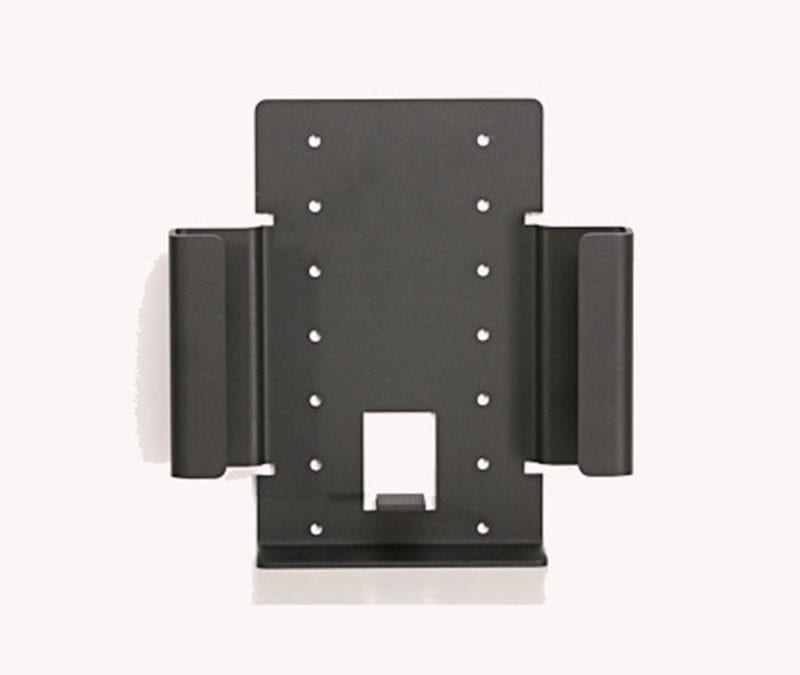Laser cutting provides significant advantages for sheet metal fabrication. It offers higher accuracy, ensuring precise cuts for intricate details and complex shapes. Compared to other methods, laser cutting is faster and more efficient, saving time and increasing productivity. It is also versatile, suitable for various projects involving different materials and thicknesses. Hiring an experienced company is essential to ensure the process is executed correctly and meets your specifications. With its highly precise nature, laser cutting consistently delivers reliable results that meet the highest quality standards. Partnering with a reputable company enables you to leverage these benefits and achieve exceptional outcomes for your sheet metal fabrication projects.
What is Sheet Metal Laser Cutting?
Sheet metal laser cutting involves the use of a high-power laser beam to cut metal parts. The laser beam is focused onto the workpiece with the help of a high-quality lens. The size of the focused spot is determined by the material thickness and the lens quality. Typically, the cutting width, known as the kerf, is smaller than 0.004 inches (0.10 mm), but it can reach up to 0.0125 inches (0.32 mm). Before cutting, the laser beam undergoes a piercing process, which takes approximately five to fifteen seconds to complete a cut in 13mm thick stainless steel.
Sheet Metal Laser Cutting Processes
Laser cutting is a versatile and efficient process used for cutting various materials. It is typically used for simple external features, while internal features are achieved through other sheet metal processes. A high-powered laser beam passes through a kerf in the material, diverging slightly upon exit. Molten metal is blown away, and the beam is guided by a deflecting mirror to the focal point. The laser cutting machine’s movement is controlled by a code, allowing for precise and rapid cutting of thin metal sheets into nearly any 2D shape. Laser cutting is a highly efficient method for cutting metals.
In laser cutting, different techniques can be employed. The vaporization process is the most common for sheet metal, producing clean edges with minimal post-cut deburring. Cutting times vary depending on the material, ranging from 5 to 15 seconds. Another technique is laser beam flame cutting, suitable for steel, aluminum, and ferrous materials. CO2 lasers generate the beam, which is directed through lenses for reflection. High power output makes CO2 lasers ideal for cutting. Some laser machines have large working areas, typically 1000×2000 mm, suitable for rolled stainless steel and chopped steel. However, larger working areas require thicker frames.features of a metal-cutting laser include a vibration-damping system and an annealed metal bed. These machines also come with special places for mechanical components to be milled on the metal bed.
Types of Metal Cutting Lasers
Metal cutting lasers come in various types, each with distinct applications for different materials. Some are better for cutting ferrous metals, while others excel with non-ferrous metals. High-powered lasers can cut through thick metals faster, as they absorb more energy.
Thick metals require longer dwell times, generating more heat. Diode lasers are less efficient and produce lower-quality beams compared to fiber lasers, making them less suitable for metal cutting. Fiber lasers have higher absorption rates, making them ideal for precise cuts. The choice of laser depends on factors like intricate cuts, desired shapes, and product design.
Advantages of Laser Cutting on Metal
Laser cutting has emerged as a highly useful technology for sheet metal fabrication, offering numerous advantages over other methods. It excels in terms of speed, precision, efficiency, quality, and versatility. Laser cutting provides highly accurate cuts with minimal tool wear and maintenance, reducing costs and turnaround time. It is also capable of producing parts without damaging heat-sensitive components and creates clean cuts without the need for additional finishing. The resulting laser-cut edge is smooth, clean, and free of imperfections. With its efficiency, versatility, and cost-effectiveness, laser cutting finds applications in various industries such as electronics, automotive, aerospace, and medical equipment.
However, there are a few disadvantages to consider. Laser cutting focuses on a small area of material, and it requires significant power consumption. Moreover, laser cutting may not be suitable for every fabrication project, as it necessitates an experienced machinist and high-energy industrial lasers.
Tips for Laser Cutting Parts
Starting a sheet metal laser cutting project may seem complex, but you can make it easier by following a few tips. First, choose a reliable laser cutting service to avoid interruptions and ensure a good final product. Also, make sure you have a good vector file of the part you want to create. Additionally, pick a high-powered laser to improve the quality of the cut and prevent issues like hot spots.
Whether you need to cut a small or large part for your business, laser cutting sheet metal can be a great solution. With the right laser, you can get a fast and accurate cut, resulting in a finished part with smooth edges that looks professional. If you’re looking for laser-cut parts, Fox Valley Stamping is a top choice. We offer cost-effective, high-quality laser cut parts. Our skilled CNC precision laser cutting metal fabricators can quickly and accurately process custom sheet metal jobs. Contact us to learn more about our laser metal cutting services.




 847.741.2277
847.741.2277
